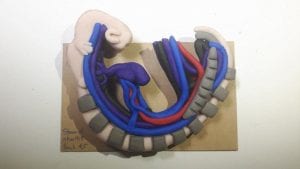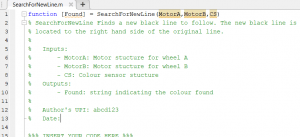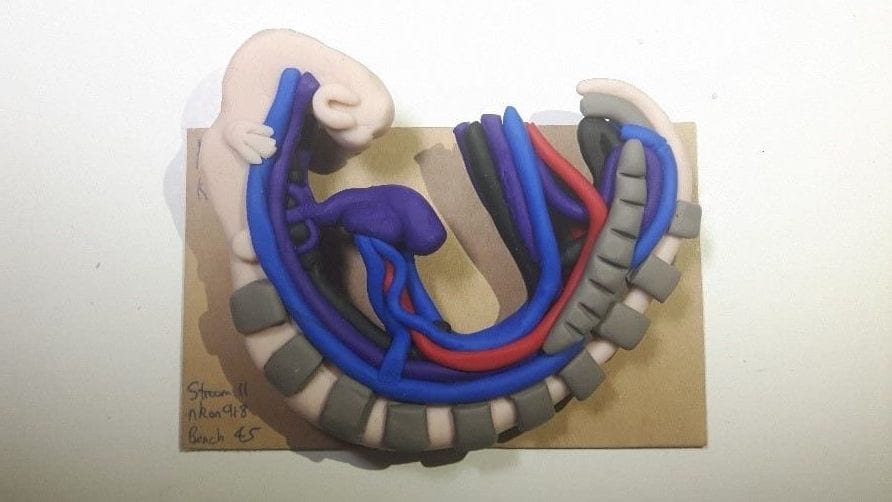It all seemed so sudden. One day I’m buying my coursebooks to start a fresh, new year as a biomedical engineering (BME) student and the next day I’m taking the bus home after my last exam of first semester. That’s 4 entire months. Gone like the cash in my account when course fees attack. Not to worry though, I’ve planned to take you on a journey to decode and demystify everything that happened during those months and hopefully we both learn a thing or two about my first semester studying BME.
My first few weeks of class were a mixture of things I’d expected and things I thought I’d left behind in first-year engineering. First off, BIOSCI 107. Now, I know this isn’t an engineering paper, but did you seriously think that you wouldn’t have to study biology in biomedical engineering? 107 is one of those courses that some people despise for the right reasons and others love for the wrong reasons. A first-year biomed will tell you I’m in the latter group. This paper is packed with content for you to stress over when you’re desperately asking your hippocampus to give you that one piece of information you need out of hundreds you remembered to answer a question. Cell processes, cell structure and function, excitable tissues, immunology… these are just some of the things you’ll dive into with your BME buddies while sitting at the back of the lecture theatre, looking over eager first-year med hopefuls.
Personally, I enjoyed 107 because I was quite happy simply being asked to memorise facts rather than dive deep into engineering principles and formulae. It was a well-deserved change in the style of learning and complemented my other courses well. Of course, there are some aspects of 107 that require you to understand the concepts rather than just memorise them, but most of the time, a good memory will get you where you need to go. Oh, and there’s one lab in particular that sends everyone in panic mode near the end because we’re all running out of time to finish it, the embryology lab. It’s also the most rewarding because at the end of the 3 hours, you’ve (hopefully) got your very own baby to help you study!

Next up is ENGSCI 233, a course that will make you more proficient in coding than you’ll ever be. And that’s only half the stuff you’ll cover. The first 6 weeks of 233 is basically a second-year version of ELECTENG 101 and you learn about computer systems, their history, what they’re used for (storing memory, representing information), how they work (Boolean logic, transistors) and how it all applies to the wonderful world of… making a LEGO EV3 robot follow a line across a piece of paper. Ok, so the labs might not necessarily match the awesomeness of the things you learn but it’s super fun watching your robot compete against other teams and seeing how fast they finish the challenge using different techniques coded up in MATLAB.
The last 6 weeks are nothing compared to the first. Computational techniques have probably caused the greatest amount of frustration during my time at university, and I think it’s safe to say that’s true for several others in my cohort as well. This is ENGGEN 131 on steroids. Weekly labs are back but 3 times harder than the puny MATLAB and C ones, and in a language most us probably never learnt, Python. They say each lab should only take 4-6 hours but don’t be surprised if it takes you twice that long. At the end of the day, 233 teaches you persistence more so than actual facts because coding is all about approaching a problem the right way and making sure you understand it fully… then debugging your entire code only to realise your original code was closer to the actual solution. 233 is a time-sucker, but it’s worth all the effort.

We’ll take a break from our journey now, and in our next adventure we’ll cover the next 2 courses of semester 1, BIOMENG 221 and ENGSCI 211. I wouldn’t want you to read an essay in one go so you’ll just have to wait. In the meantime, feel free to ask me any questions about the 2 courses above, or let me know what you want me to write about in future blogs. So far, 3 of you have either talked to me or messaged me and that is absolutely fantastic. But it’s not fantastic enough. I know there are more than just 3 keen first-years reading these blogs, so I want to hear from as many of you as possible. Your questions and concerns about BME and second year engineering are important to me and they shall be answered by yours truly. Hit me up on Facebook (hint: search my name) or come see me in person at Unleash Space (just get in touch with me first at nkon918@).
– Nicholas
